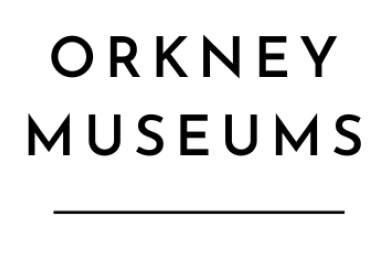World War II – HMS Proserpine: Service Life at Lyness

Scapa Flow was home to thousands of navy and military personnel during WW2. Some loved it and some loathed it, but for most it was an unforgettable experience.

By 1940 over 12,000 military and civilian personnel were stationed at Lyness to support the Home Fleet. Named HMS Proserpine (and nick-named ‘Proper Swine’ by those posted there), the command was eventually subdivided: HMS Pomona constructed and repaired the boom defence nets and HMS Pleiades controlled the drifter pool, a fleet of around 100 small fishing boats that ferried goods and personnel between shore and ships, and provided a ferry service around Scapa Flow.


Women’s Royal Naval Service (WRNS)

The WRNS, affectionately known as the Wrens, was founded in 1917, disbanded in 1919 and reformed in 1939. Only women over 18 years of age could join. The intention was for them to undertake shore-based duties, allowing men to serve on ships. Throughout WW2 they were employed in a range of vital roles

WRNS personnel first came to Orkney in 1939, but they were not posted to Lyness until January 1943. At most there were 1,500 members of the WRNS serving in Orkney, with nearly 700 stationed at Lyness.
Women with an aptitude for telecommunications were selected from all over Britain and sent to Orkney to serve in the Signal Station a Wee Fea, overlooking Lyness. At its peak it handled 8,800 calls per day. Telephone lines were connected to the main battleships by a submarine cable attached to the ships’ mooring buoys. Teleprinters could be operated by radio link, as well as the more conventional land lines.

Rita Jones was posted to Lyness in 1943, at the age of 18, and worked in the Fleet Mail Office:
“At first the Chief Petty Officer in c harge, an elderly man, called back [for] his wartime service, didn’t seem too happy at having us move in, but he soon became like a father figure and couldn’t have done more to look after us .”
“Our duties were normal office hour s unless the St. Ninian had been delayed by bad weather and the mail w as late reaching us – we would then stay to clear it. There was little else for the servicemen to look forward to in those days to make a difference. Especially as there was hardly a female to be seen on the island so arrival of a few girls was obviously a great lift to the thousands of soldiers, airmen and sailor s, both ashore and afloat.”

Entertaining the troops

The provision of entertainment for service personnel was important. Boxing tournaments and other sporting events were established, shows were staged in floating theatres and mobile cinemas were used before permanent ones were constructed. Half of the huge WW1 Paravane Depot was turned into a 900-seat cinema, showing three films a day.
The other half of the building became an Education and Recreation Centre, housing a library, billiard room and classroom space. By August 1941, the Entertainments National Service Association (ENSA) offered Orkney 150 entertainments a week. There were at least sixty stages with their own lighting or ENSA-equipped lighting.

Four large Garrison Theatres were built in Flotta, North Walls, Kirkwall and Stromness. Here the stars of the day, such as George Formby, Gracie Fields, Vera Lynn, Will Hay, Leslie Henson, Flannigan & Allan, Sir Harry Lauder, Will Fyffe, Evelyn Laye, Gertrude Lawrence, Tommy Trinder and Tommy Handley, entertained and delighted crowds of servicemen and women.




